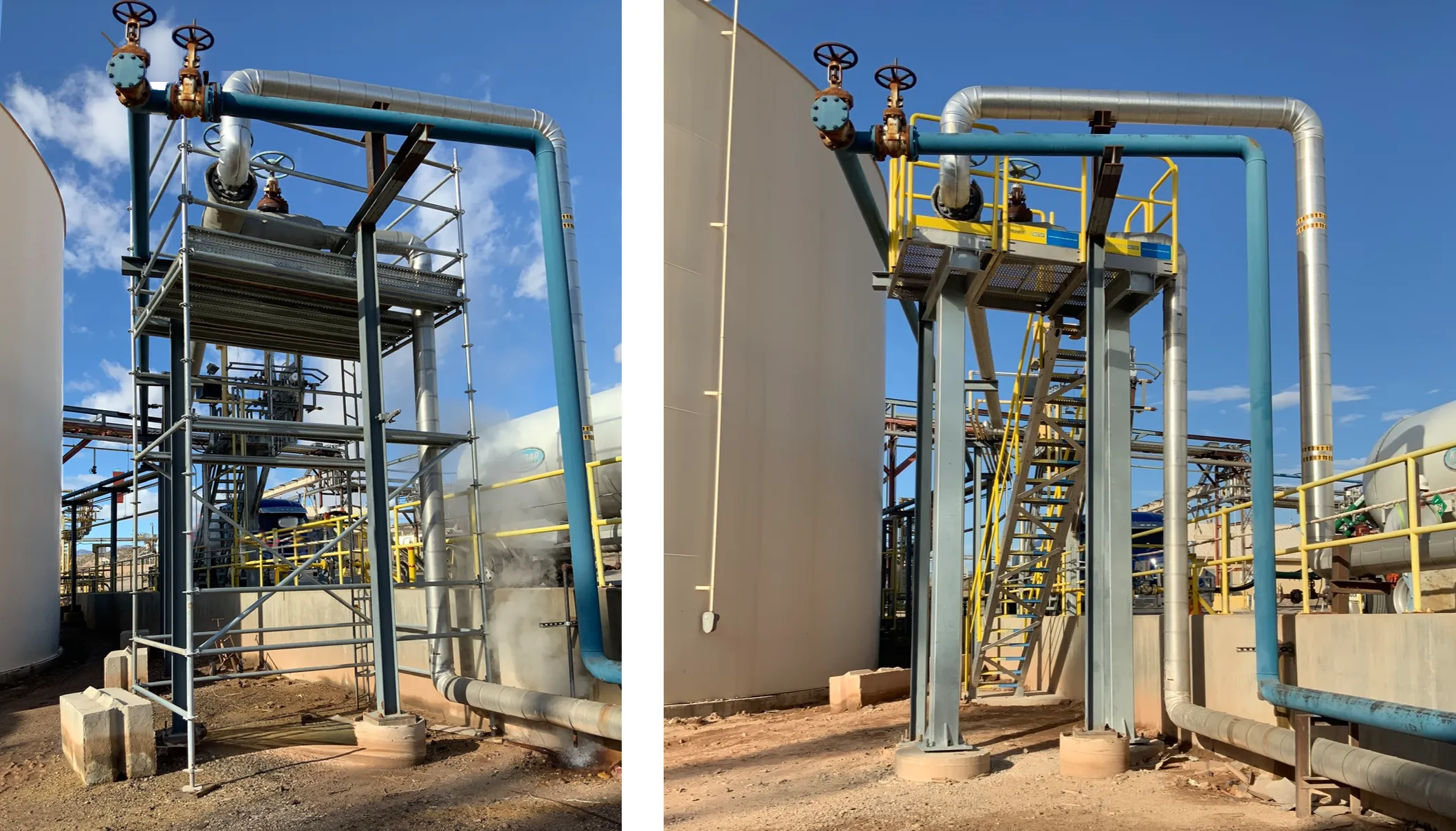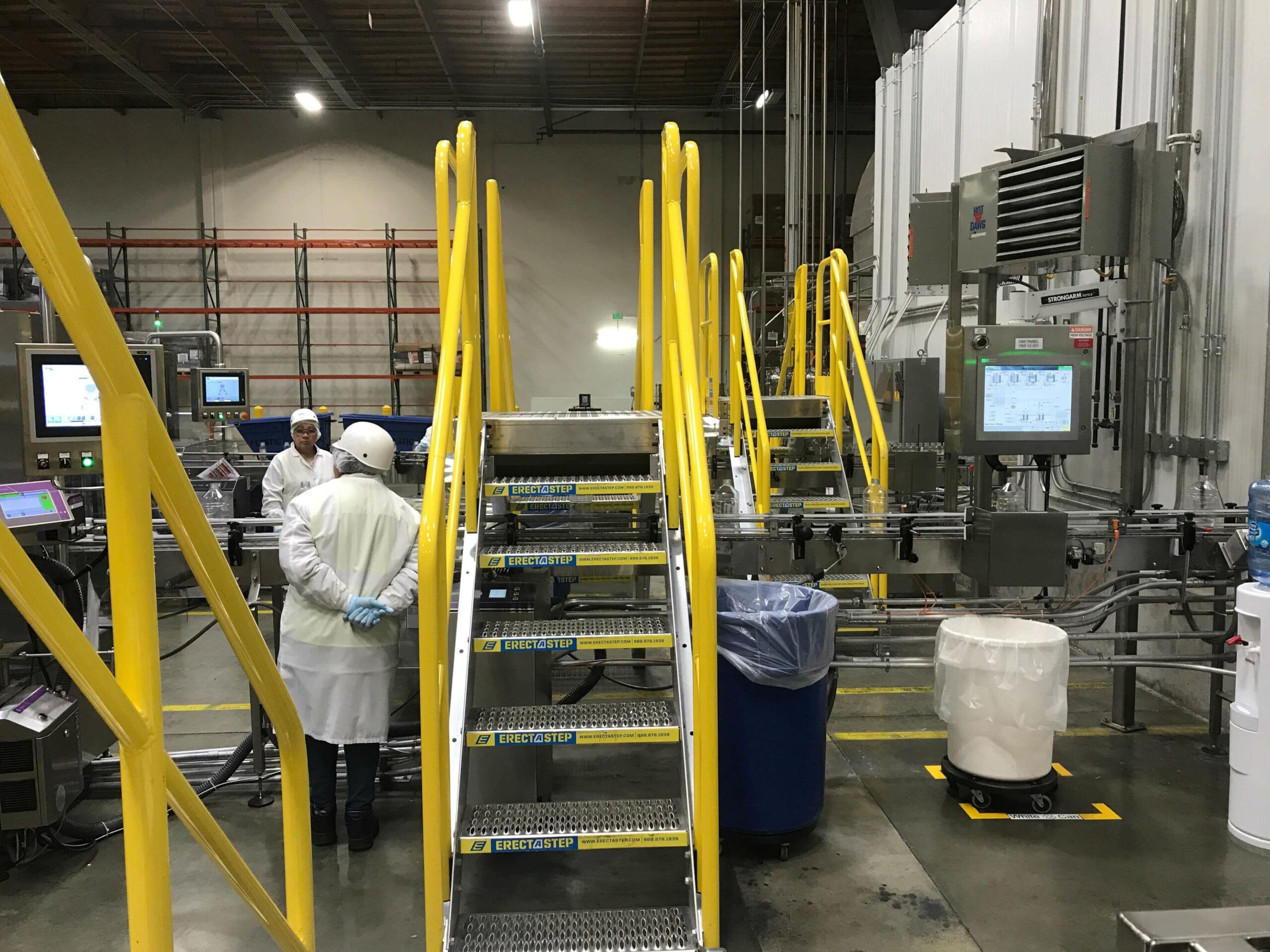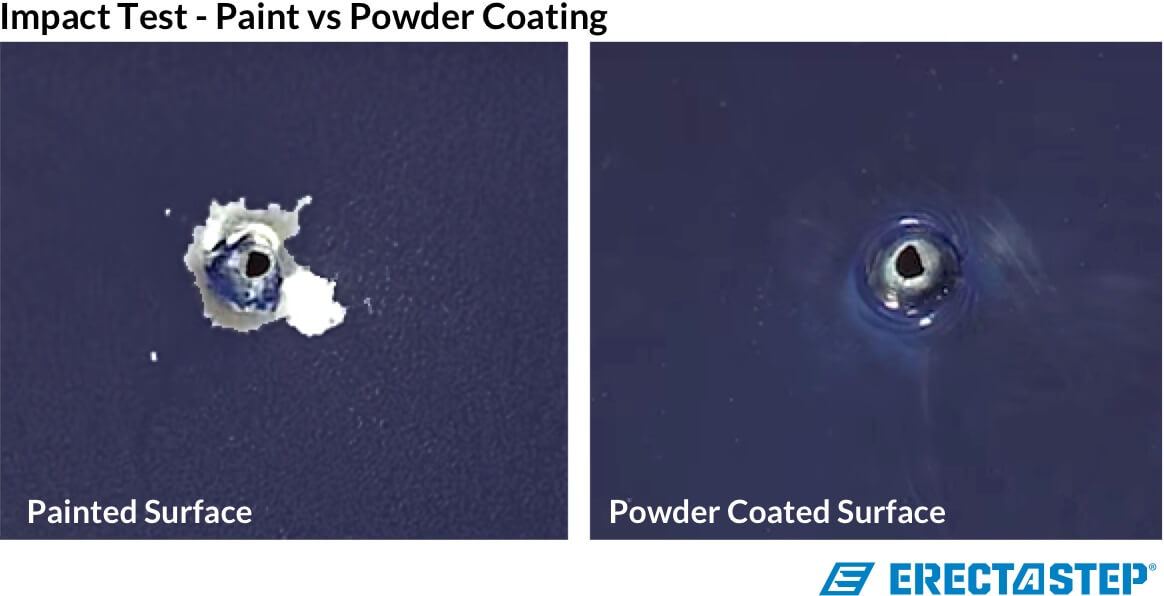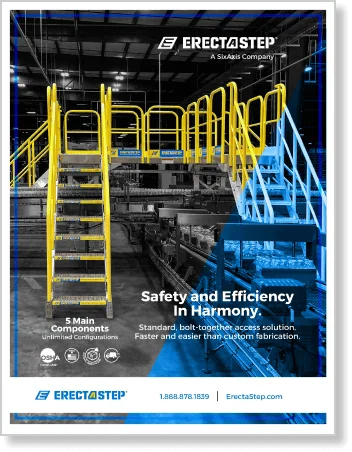The tread is the horizontal part of a step where the foot is placed, important for providing a stable walking surface.
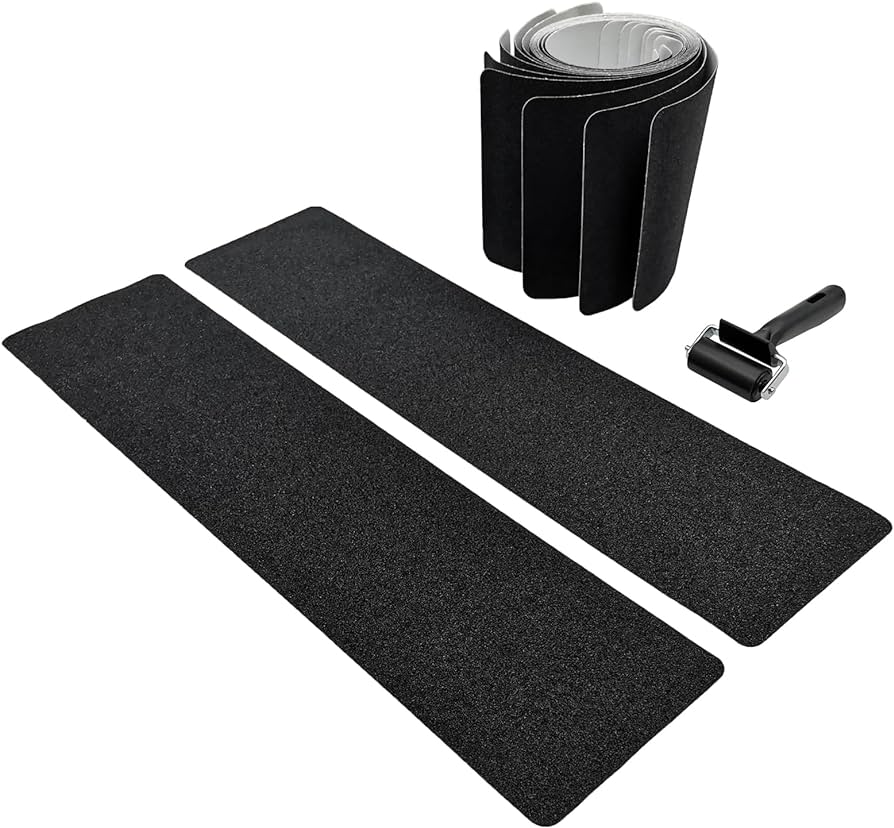
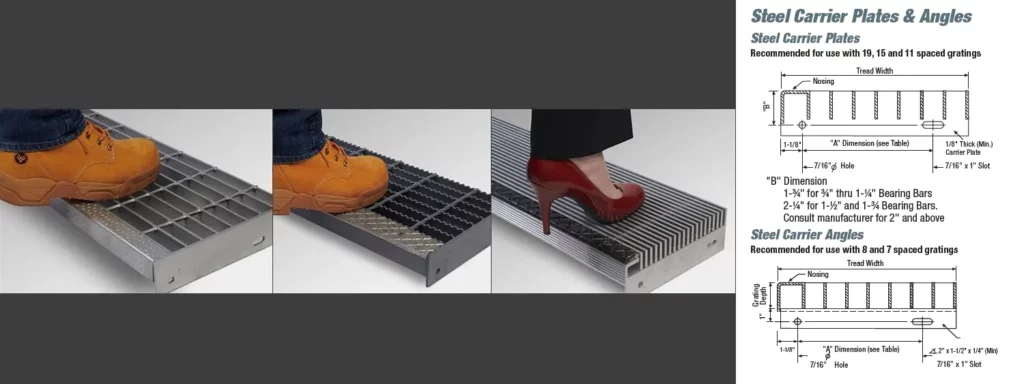
Key Benefits:
- Safety: Provides a stable and non-slip surface, reducing the risk of slips and falls.
- Comfort: Offers a comfortable walking surface that supports foot placement.
- Durability: Made from materials that withstand heavy use and various environmental conditions.
Applications:
- Ensures safe and comfortable steps in home staircases.
- Provides secure footing in offices, retail spaces, and public areas.
- Increases safety in airports, transit stations, and other public facilities.
Ensure that treads are installed correctly, have non-slip surfaces, and are maintained regularly to avoid hazards.
Image
OSHA Compliance
Key OSHA requirements for treads include:
- Dimension and Design: Treads must have a minimum depth of 11 inches and a uniform width, providing adequate space for foot placement.
- Surface: The tread surface should be slip-resistant to prevent accidents, especially in high-traffic or wet areas.
- Uniformity: Treads on stairs must be consistent in height and depth to prevent tripping hazards and ensure even steps.
- Accessibility: Treads should be designed to meet accessibility standards, including appropriate measurements for handrails and riser heights.
